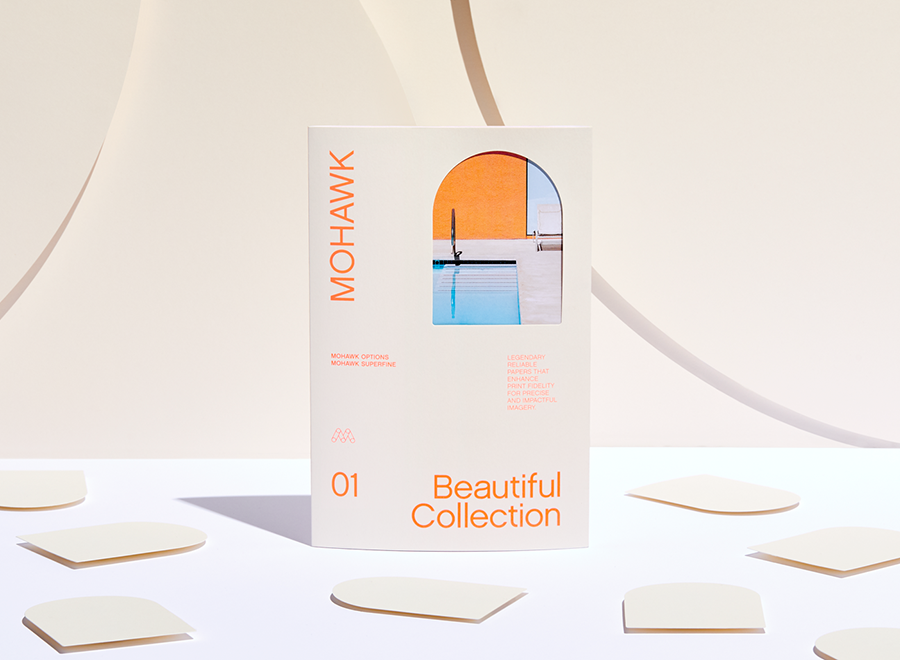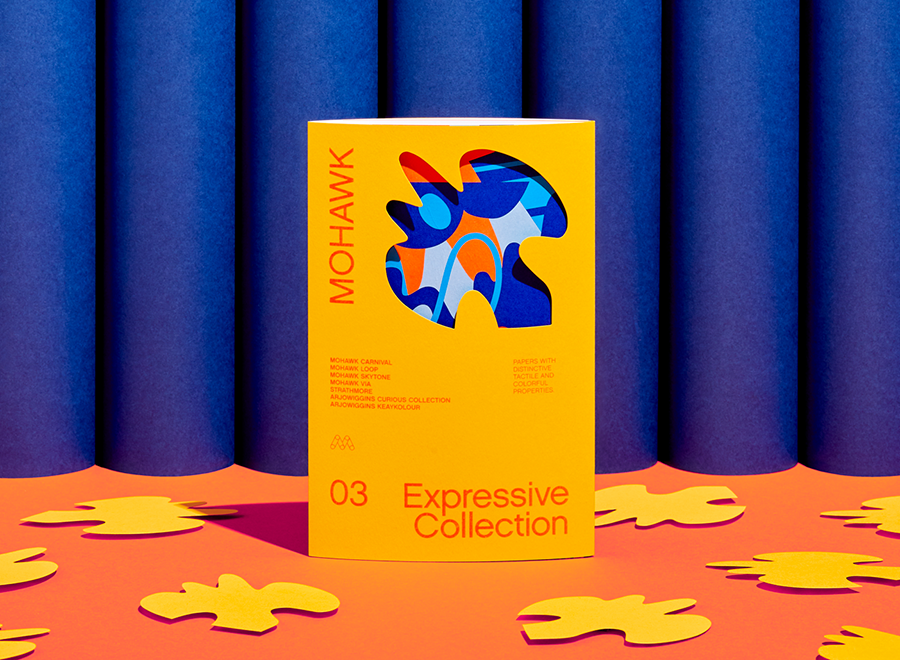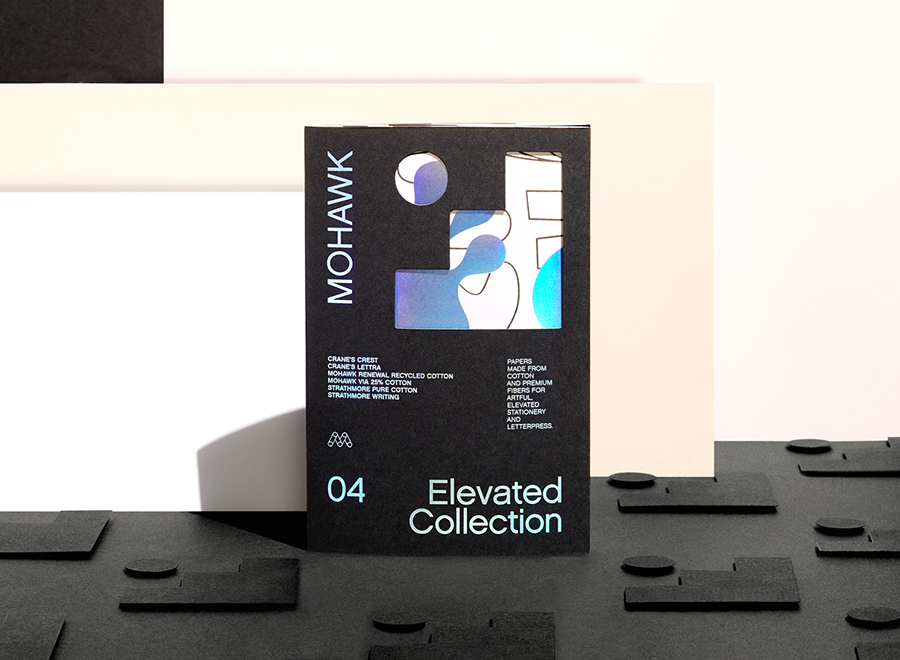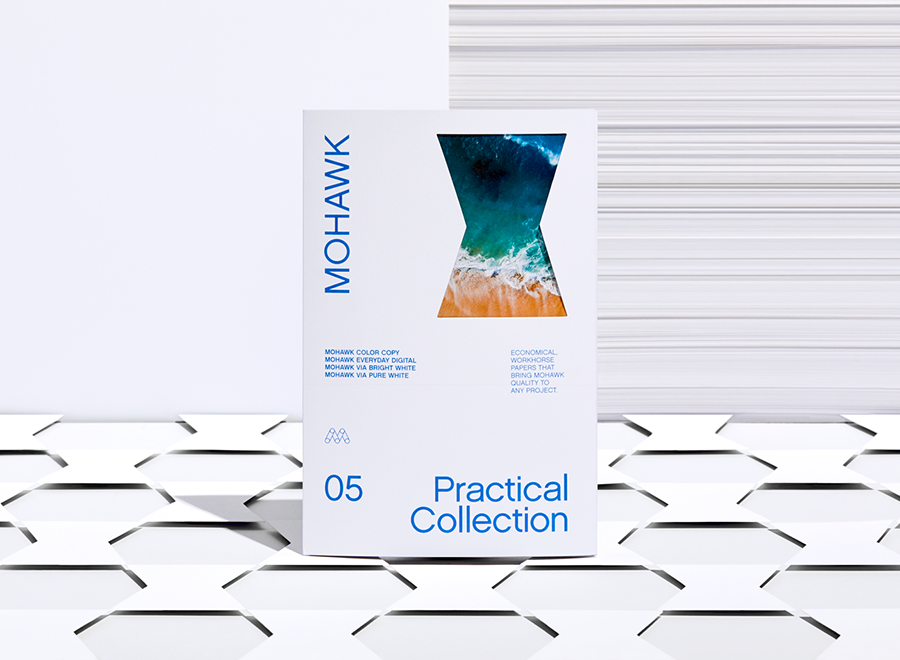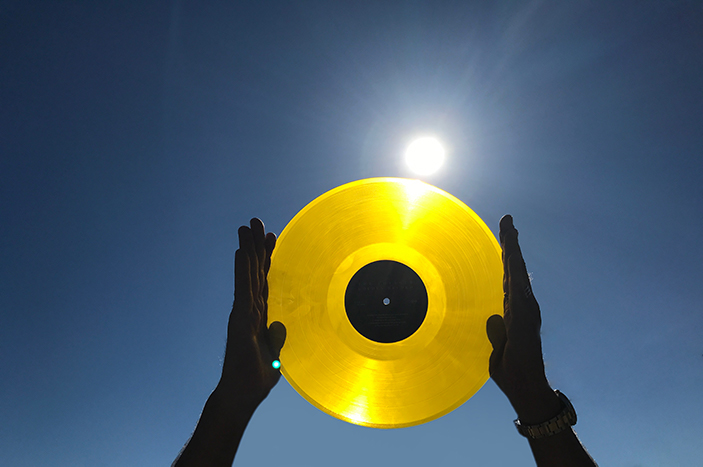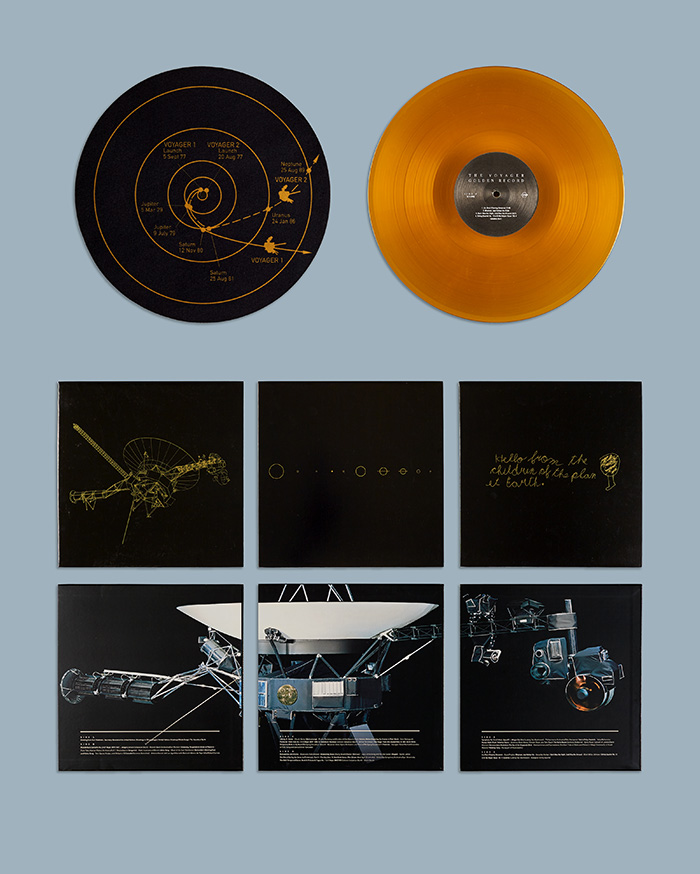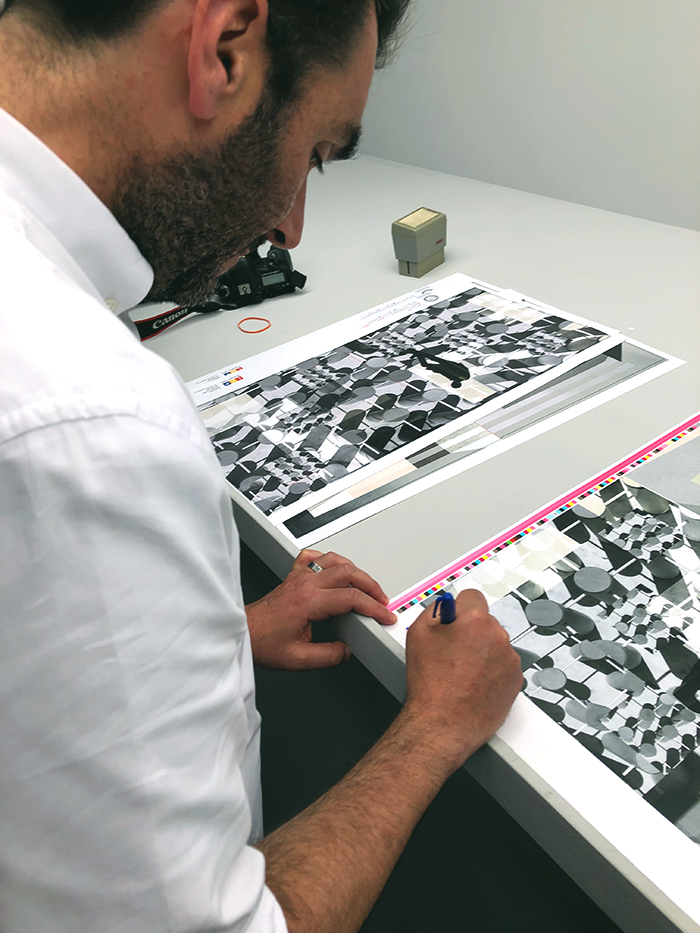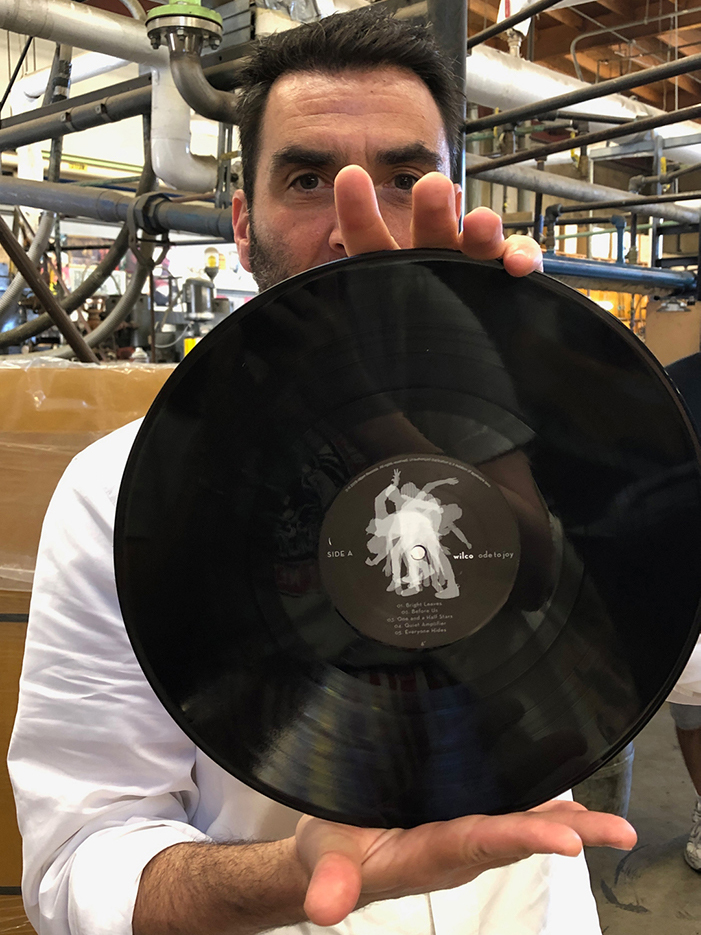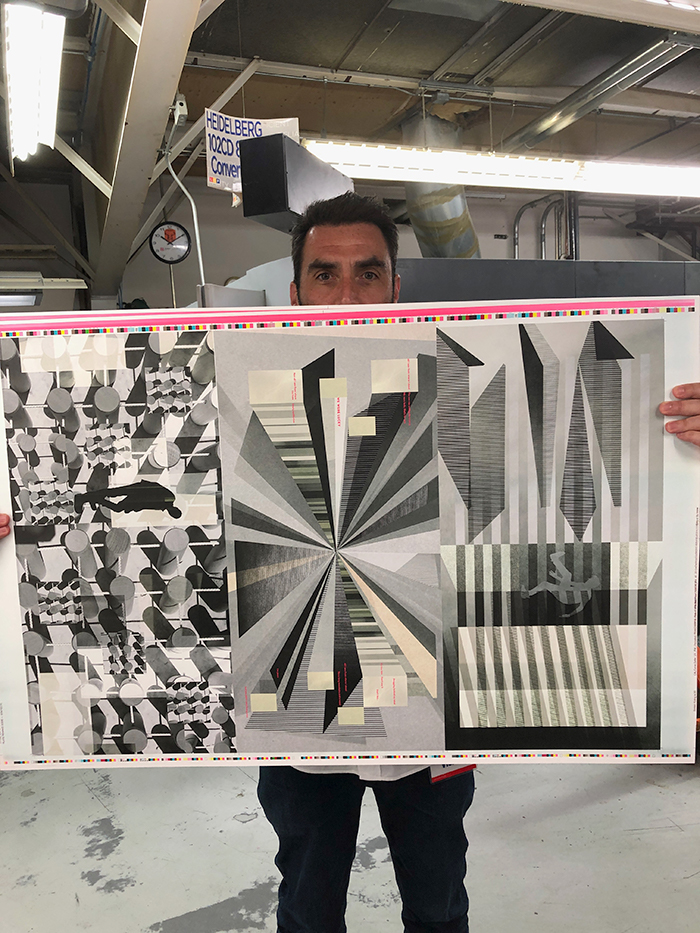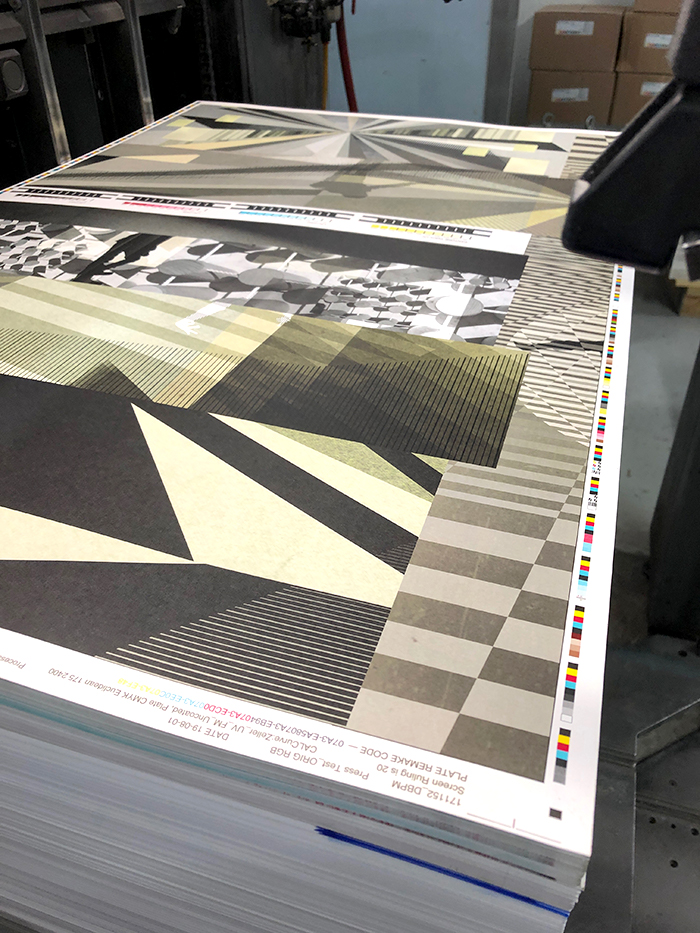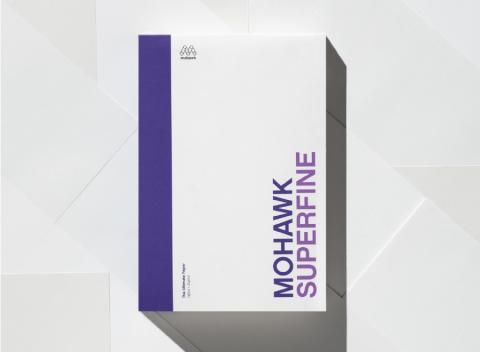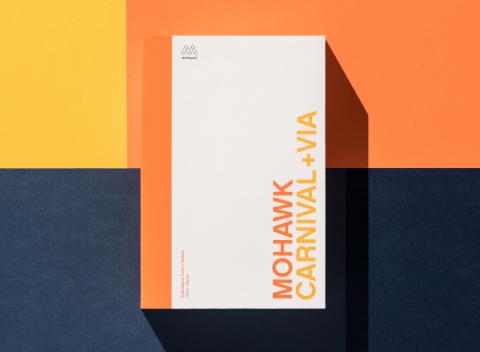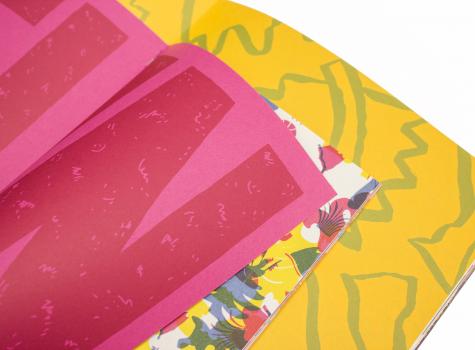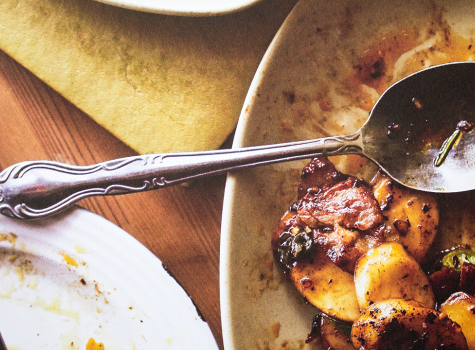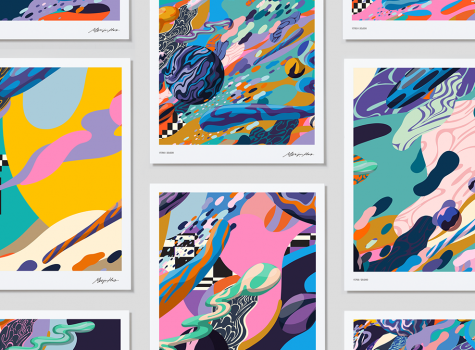Wilco Box Set is an Ode to Joy, Connection, and the Future of Music
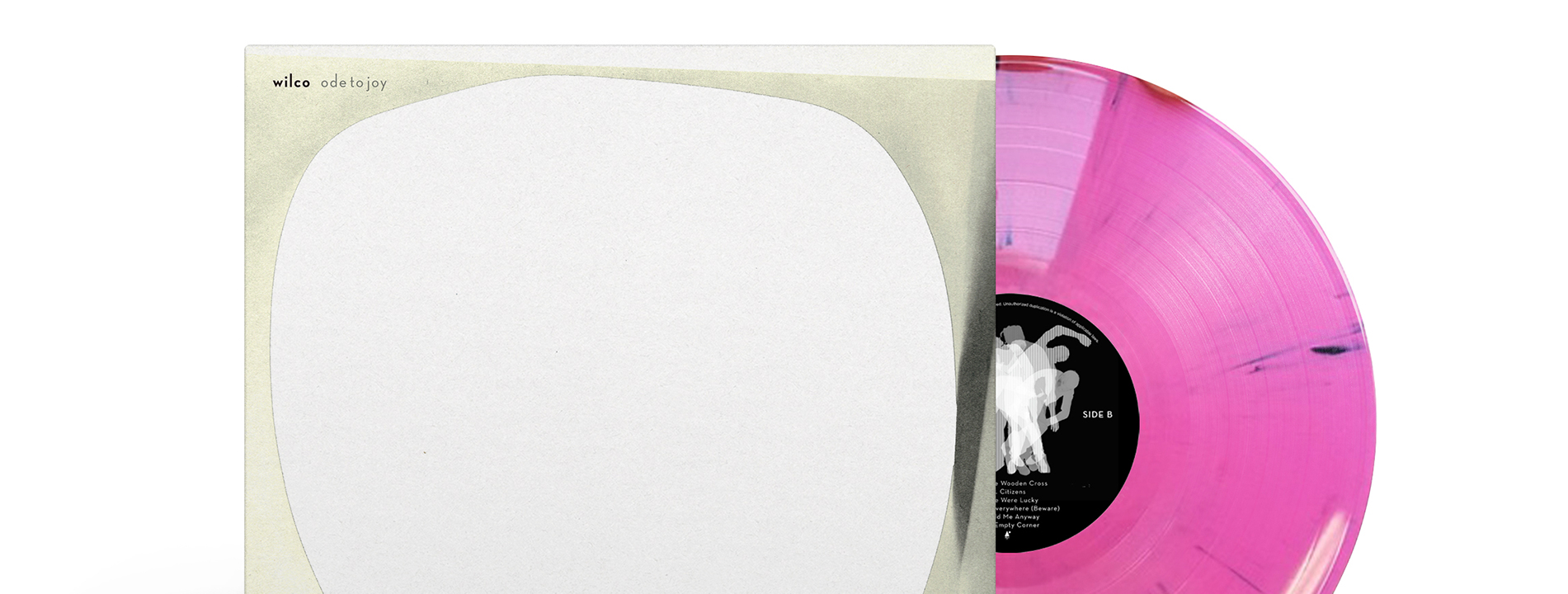
Leading creative Lawrence Azerrad reflects on the power of design—and the human touch—to inspire and delight music fans.
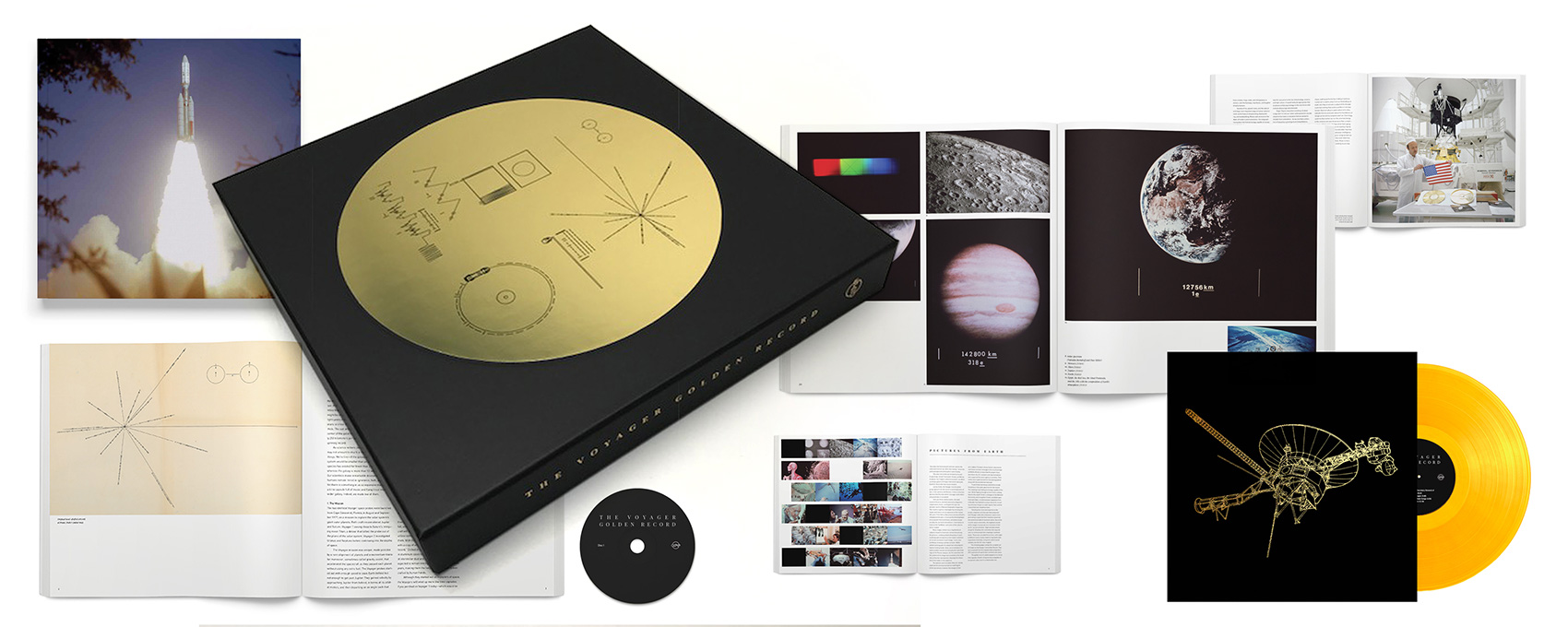
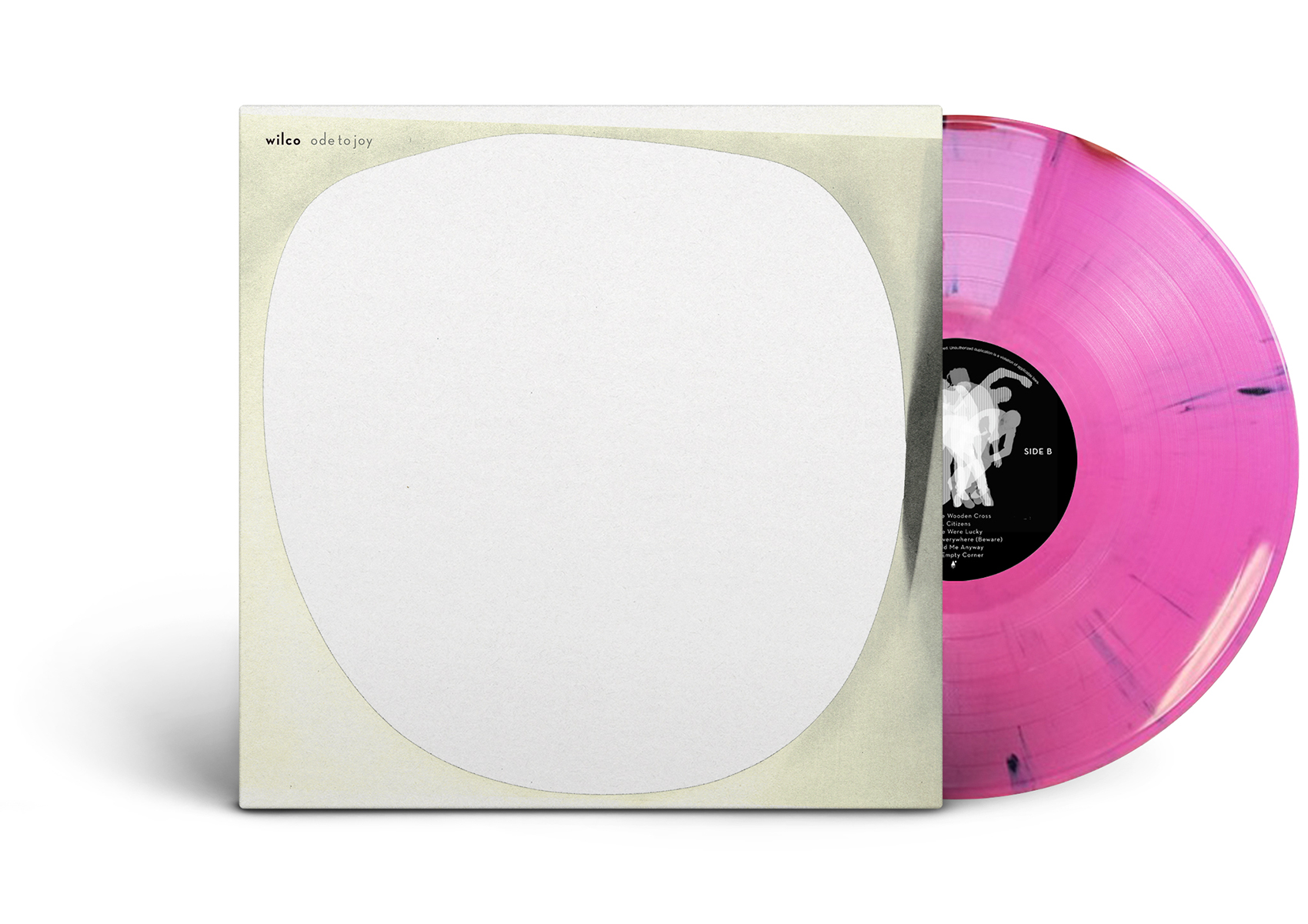
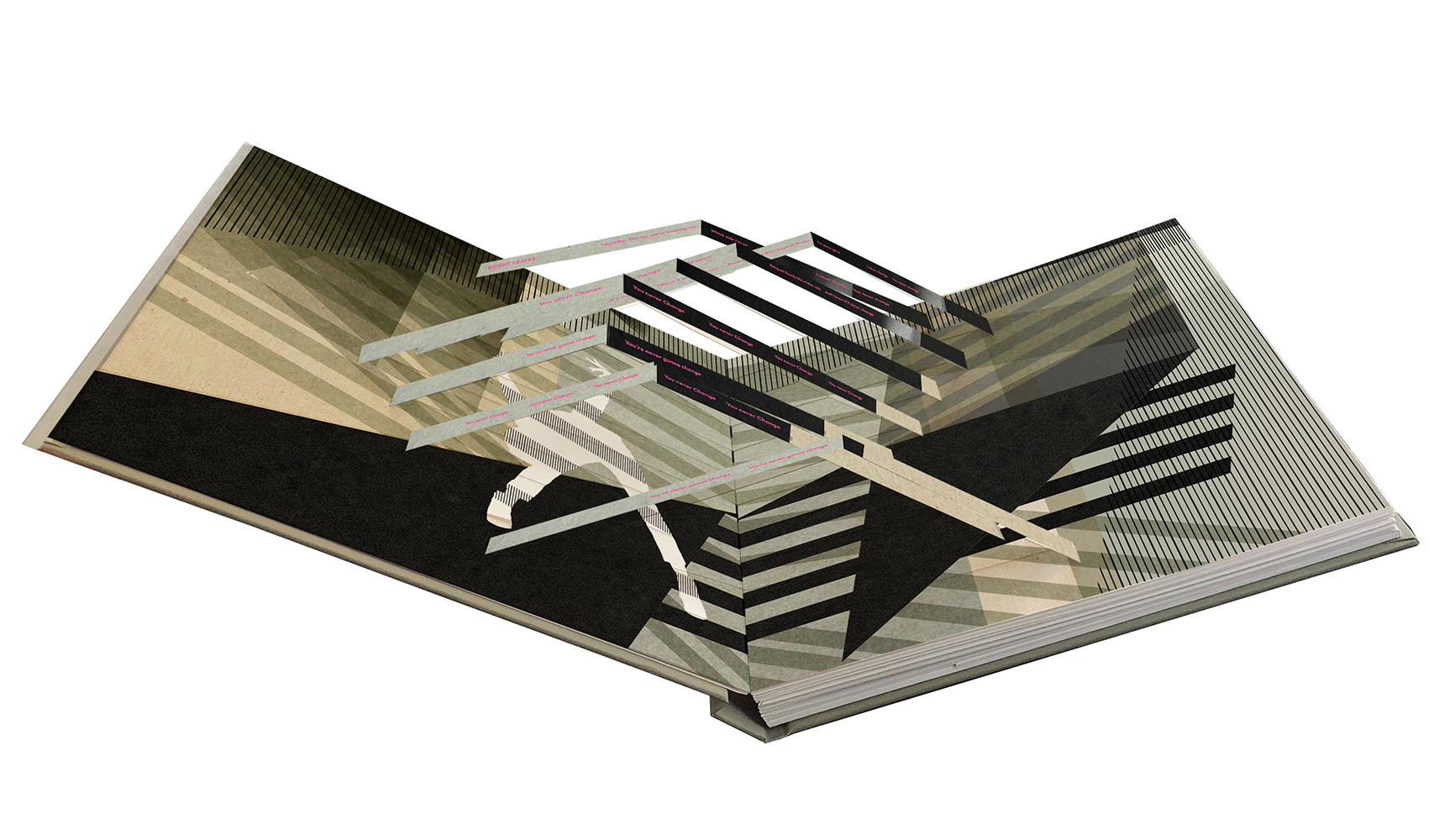
Production Notes
Metallic Inks
Metallic powders in a varnish base create images with metallic luster. Leafing inks which have metal flakes that rise to the top of the ink mixture have more shine, but increased rub off. The metal flakes in non-leafing metallic inks sink down with less rub off and a little less shine. Non-leafing inks with a dull varnish or aqueous coating perform most reliably on uncoated paper.
Ultraviolet (UV) Coating
Like UV inks, UV coating is dried quickly with UV radiation. Applied by silkscreen, UV coatings deliver the best rub protection and fastest drying time. UV coating can be used on smooth, cover-weight papers. Pre-testing is recommended. UV coasting is usually specified in gloss, although matte, dull and satin UV coatings are available. Options include spot and overall coverage.
Materials Used
Suggested Articles
Colored paper opens up new possibilities for design and communication. Used with 4-color printing, it can become part of the image itself, giving you an additional color to work with. Have you ever thought about using colored paper as a bonus in your project?
Paper choice can influence the way we experience photography in a printed piece. Lightly colored paper can elegantly shift the tone of an image, while subtly textured paper can make a big statement. Have you ever thought how choosing the right paper can add a unique and surprising layer of interest?
Leveraging design and variable-data technology to produce a generative one-of-a-kind art print.

